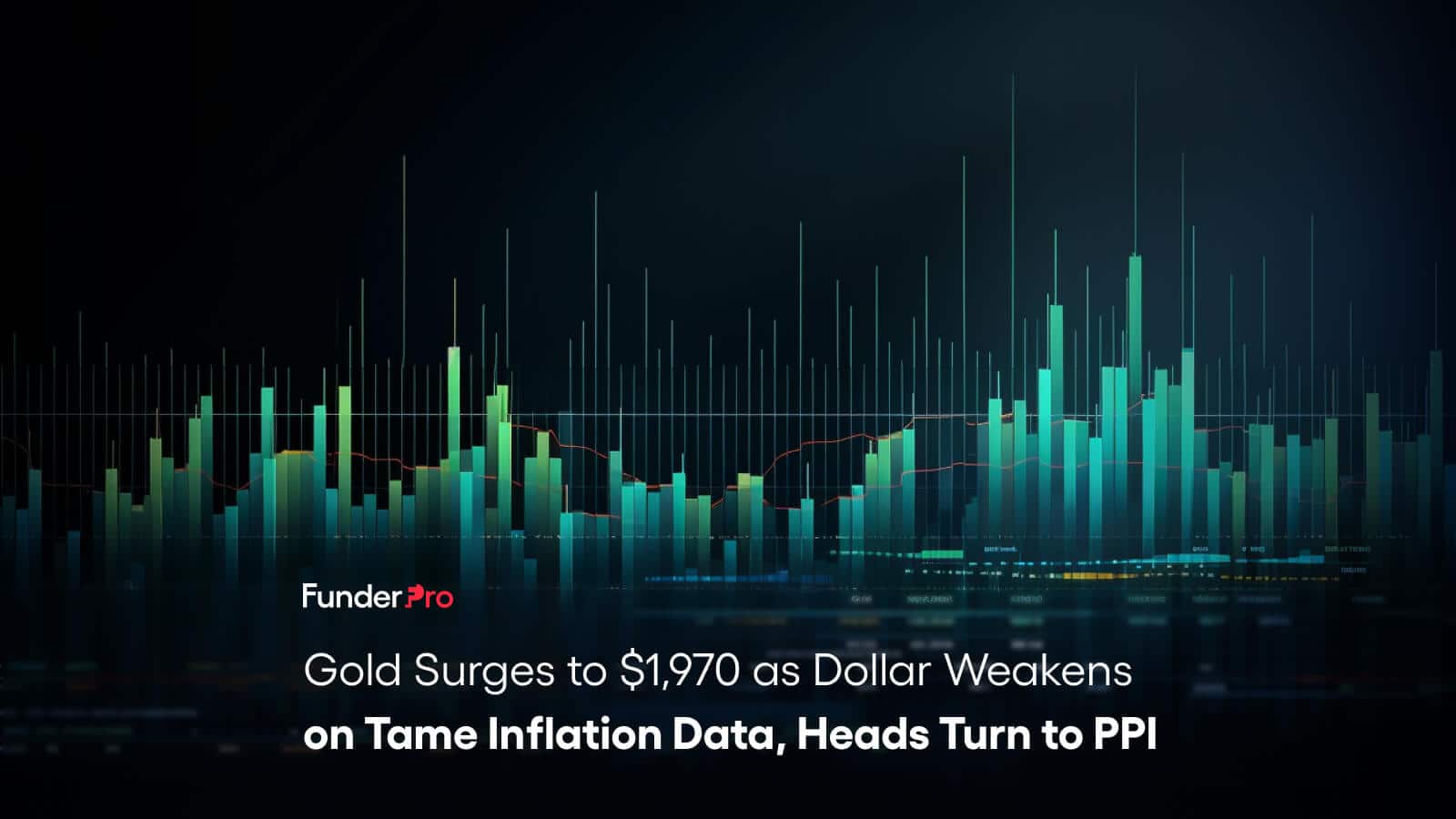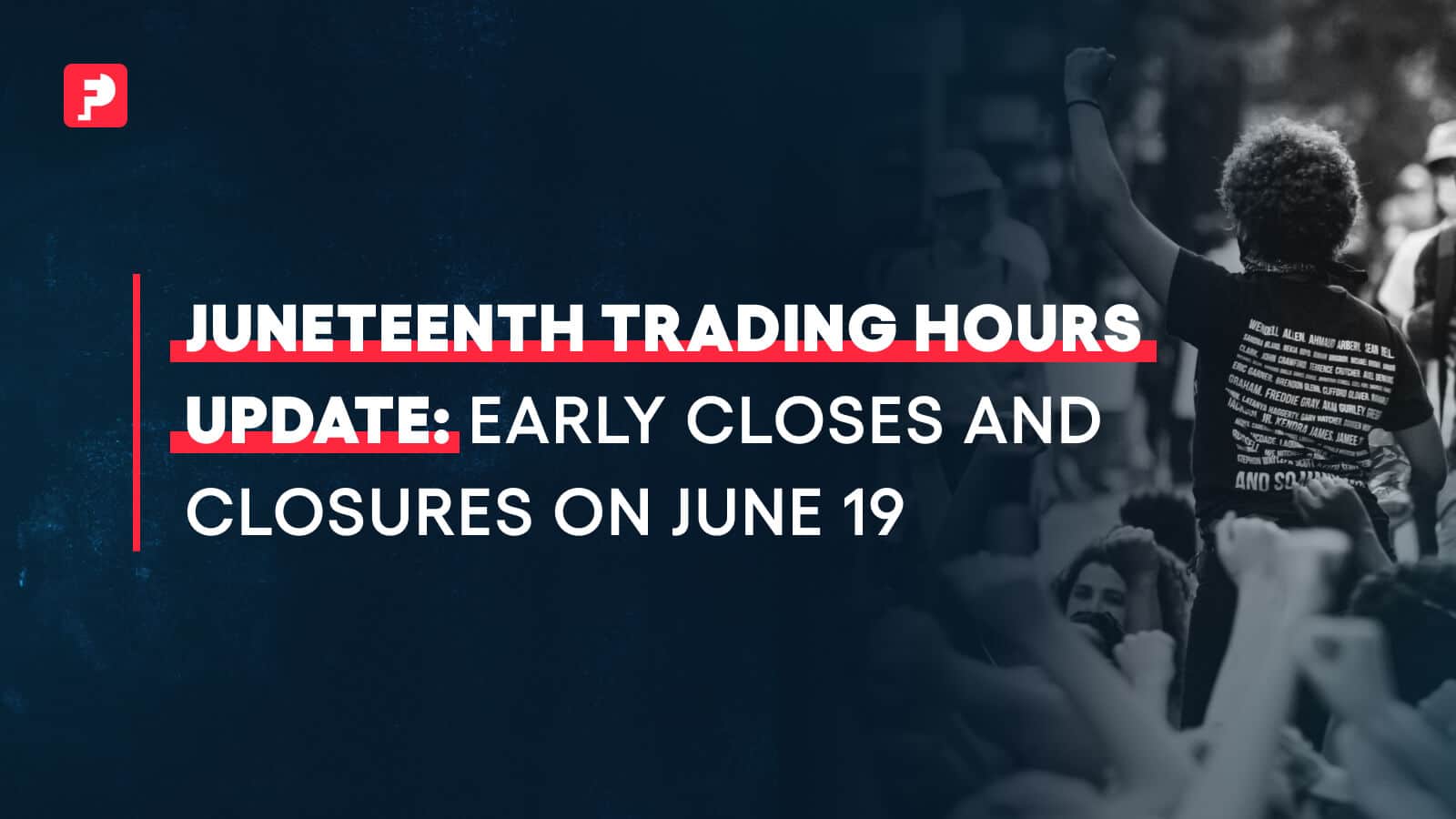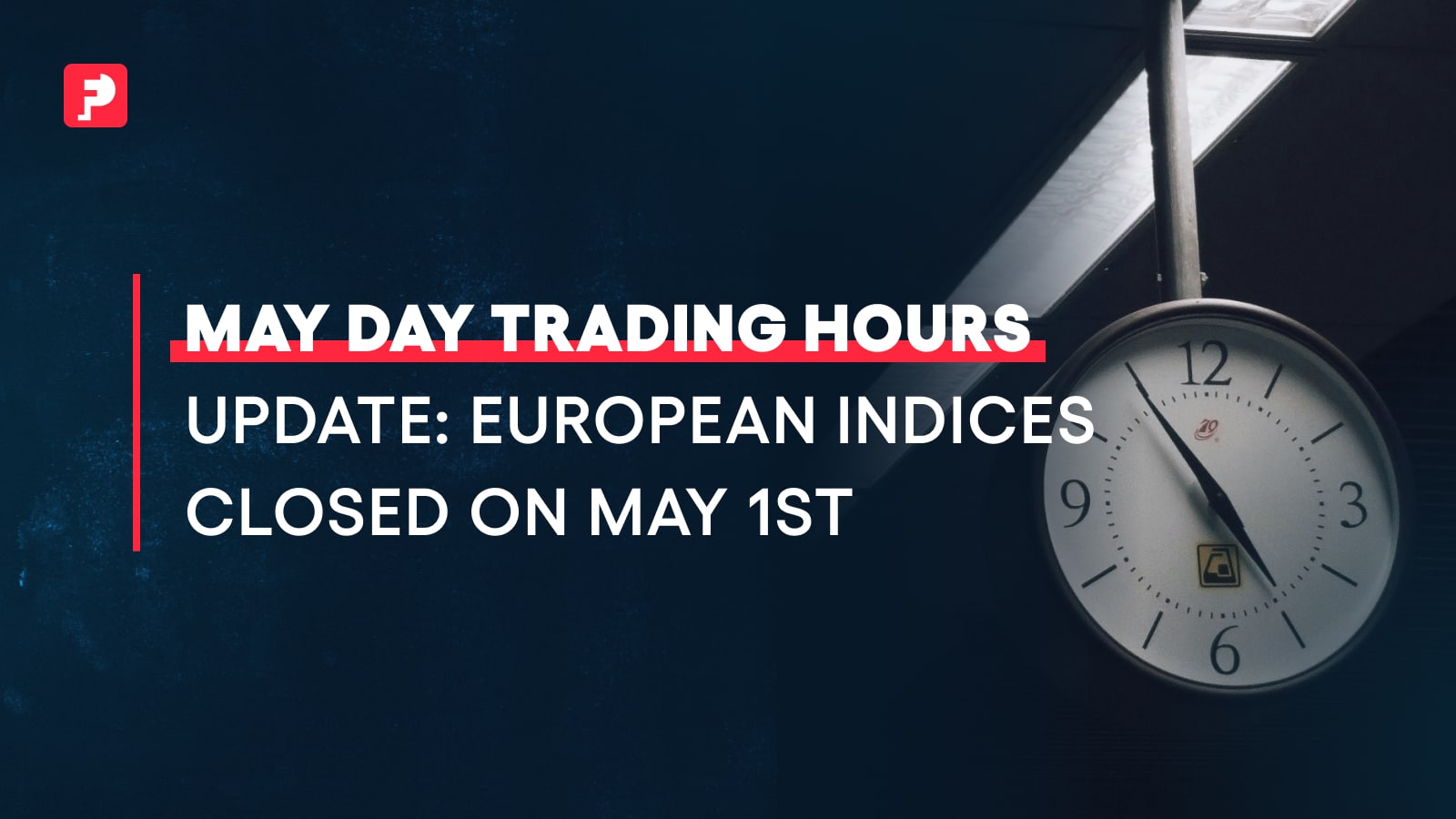
Gold Surges to $1,970 as Dollar Weakens on Tame Inflation Data, Heads Turn to PPI
Key Takeaways
- Gold rebounds off the weakening US dollar
- Economists turn their attention to looming PPI data
Gold Surges
Gold prices extended gains on Wednesday, currently pricing in at $1,972, buoyed by the US Consumer Price Index data that divulged a better-than-expected increase. Gold futures ticked up by 0.42%, reaching $1,974 per troy ounce, marking a significant rise of around $15 in the last session alone.
Markets had a positive response to Tuesday’s CPI data, prompting a collective sigh of relief. The inflation data blew expectations out of the water, with a year-on-year increase of 3.2%, notably lower than September’s 3.7% and falling below the forecasted 3.3%. Further, Core CPI, which excludes food and energy, rose by 4.0% YoY and 0.2% for the month. The results shine a spotlight on the Federal Reserve’s interest rate tightening cycle, but it still may be too early to wave “goodbye” to inflation.
Last week, Federal Reserve Chairman Jerome Powell warned the market of “head fakes”, referring to temporary improvements in inflation that ultimately reverse over time. The chairman struck a serious tone as he discussed the Fed’s future decisions, stating that central bankers will continue to “move carefully” and are aware of “the risk of being misled by a few good months of data”, as well as acknowledging the policymakers must tread carefully to avoid making the mistake of overtightening monetary policy.
On the back of the flattering inflation data came the sell-offs. It was not a good day for the dollar, with the greenback being cast aside following the data. The US dollar index (DXY) sank to the 104.00 area in a two-month low. Hand in hand, tumbling 10-year US Treasury yields plunged to 4.4%, down from 4.6% before the inflation data hit, its largest one-day loss since March.
Next in Line
While the dollar braced for impact, the major US indices managed to weather the storm of sell-offs. The S&P 500 soared a hefty 1.9%, while the Dow Jones trailed closely behind with a 1.4% gain. When all was said and done, the tech-heavy Nasdaq completely dominated the indexes with an impressive 2.4% boost.
Following in the CPI report’s wake comes the Producer Price Index (PPI) print. Closely monitored by the Fed, the PPI report measures the average change per month in the selling prices received by domestic producers for their goods and services. The PPI figures can be considered a leading indicator of inflation, considering it provides a snapshot of inflation at a producer level before it gets passed on to consumers.
All in all, while market sentiment appears to be optimistic, traders should keep room for caution. Taking into account Jay Powell’s “head fakes” comments and the Federal Reserve’s pledge to do what it takes to reach its 2% inflation goal (including tightening its policy – again), it’s important to remain vigilant and hold space for volatility due to economic shifts in your strategy.



